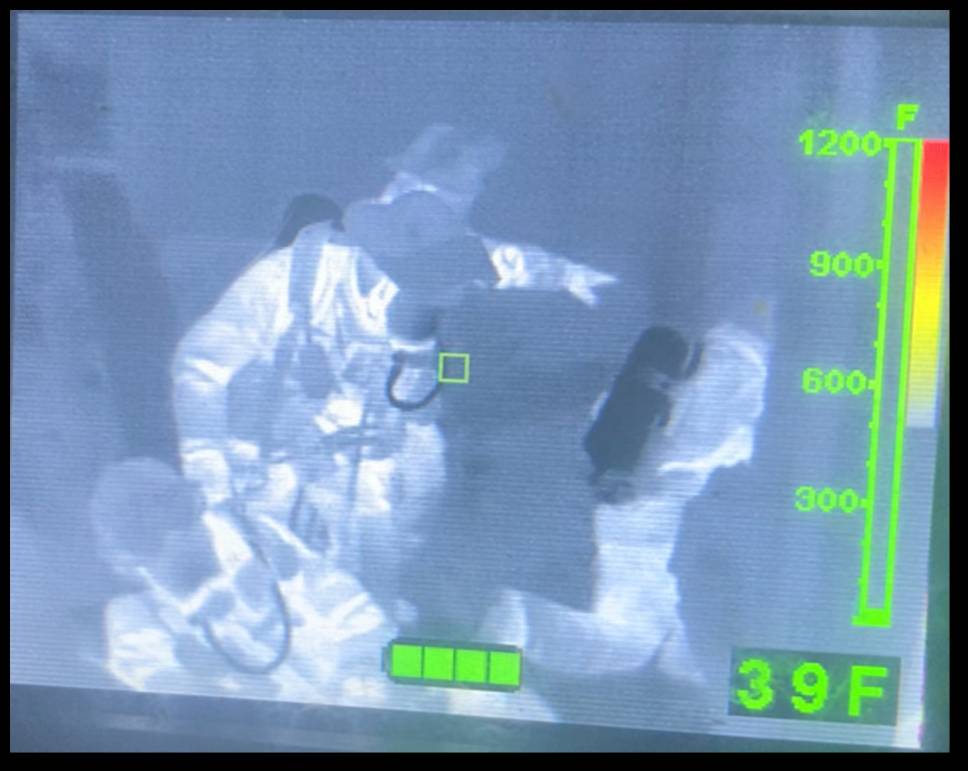By Chief Wade Watkins
The environment in which we are fighting fire has changed and continues to change all the time. In the late 1970s, there were 1.8 traumatic deaths per 100,000 fires compared to three deaths per 100,000 fires in the late 2000s, while the number of fires has actually decreased by 53% in the same time. What has contributed to this change?
the time. In the late 1970s, there were 1.8 traumatic deaths per 100,000 fires compared to three deaths per 100,000 fires in the late 2000s, while the number of fires has actually decreased by 53% in the same time. What has contributed to this change?
Older homes (pre-1950) were built with dimensional lumber and wooden structural members. By dimensional lumber, I mean a 2x4 actually measured 2” by 4”. Currently, 2x4s measure much smaller. We also use much more engineered lumber constructed with glues and hydrocarbons today which burn hotter and faster than traditional lumber. Additionally, the “fire load” or home furnishings have also changed. Older furniture, flooring and walls were made with natural materials like wood and cotton. Presently, furnishings are made with many more synthetic materials and plastics.
Today’s homes are larger than ever before, which does a few things. This additional space not only provides more oxygen for a fire to burn, but also today’s open concept floorplans have less walls and rooms to confine a fire to one area. Larger homes also increase the time it takes us to advance a hose to where we can hit a fire with our hose stream of water.
I have been a firefighter for 20 years, and the way we fight fire now is even drastically different from when I started. We continually train on new construction trends not only in residential buildings but also commercial and industrial buildings.
One of my mentors once told me that a good firefighter never stops learning. I have always taken that to heart. As firefighters, learning and adapting to the changing risks to our communities while improving our response is key to doing our job effectively.
